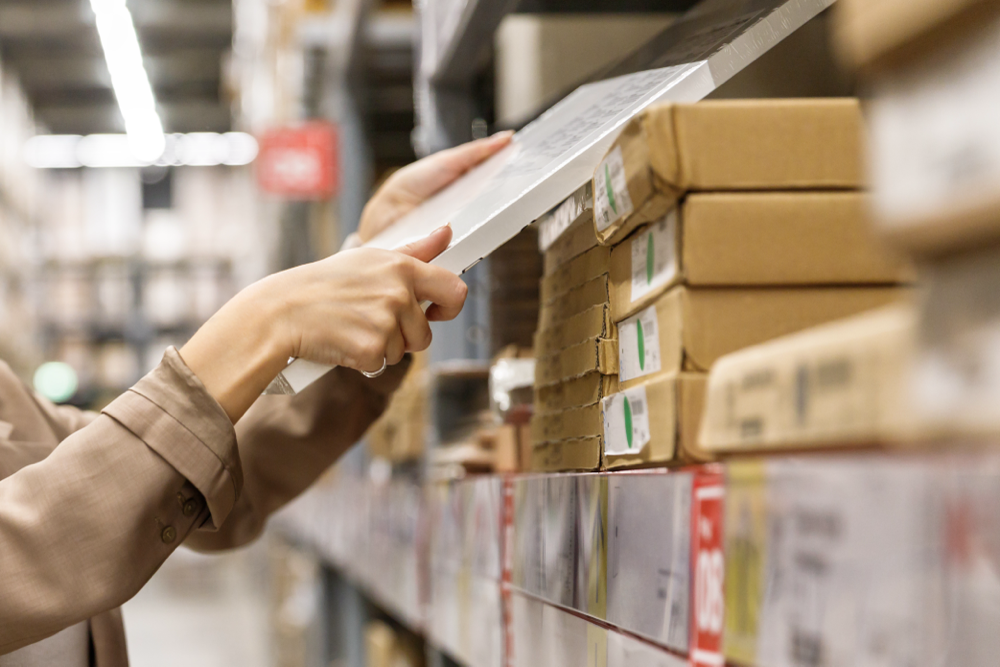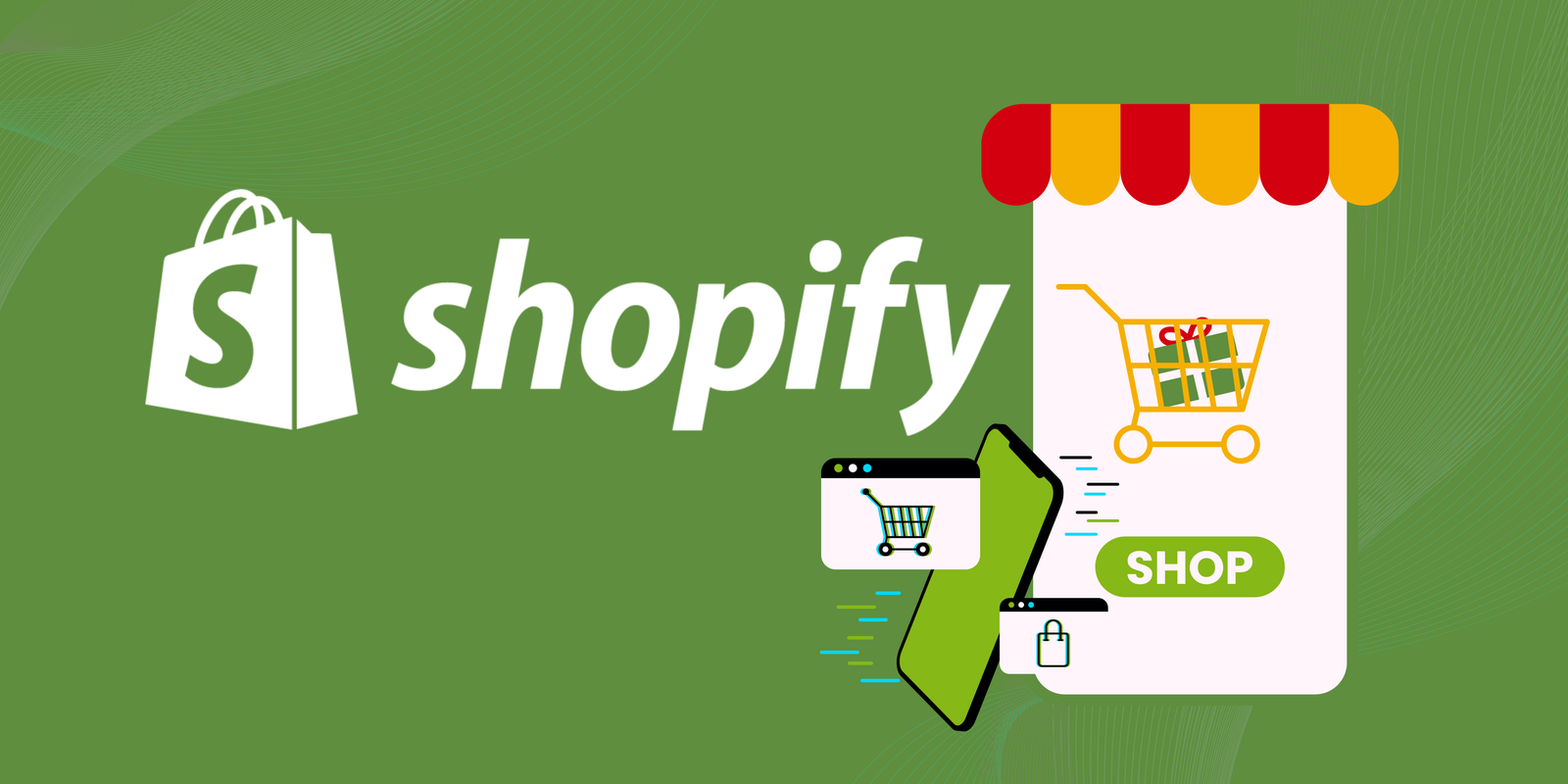Amazon, the e-commerce giant that has revolutionized the way we shop, offers numerous opportunities for aspiring entrepreneurs. One such opportunity is Amazon FBA wholesale. This business model involves buying branded products in bulk from manufacturers, suppliers, or distributors and then reselling them on Amazon. It’s an enticing prospect with a host of benefits, but like any business venture, it comes with its own set of challenges. In this comprehensive guide, we’ll walk you through the world of Amazon FBA wholesale, covering the pros and cons, how to find profitable products, contacting suppliers, calculating profitability, and much more.
Understanding Amazon FBA Wholesale

Before diving into the details, let’s clarify what exactly wholesale on Amazon means. Wholesale on Amazon is a business model where you source products from authorized suppliers, purchase them in bulk, and resell them on Amazon’s marketplace. Unlike private label or retail arbitrage, where you create your own brand or look for individual discounted products, wholesale selling leverages established brands to reach a broader customer base.
The Pros and Cons of Amazon FBA Wholesale
Like any business model, Amazon FBA wholesale has its own set of advantages and disadvantages.
Pros:
Product Demand: Established brands often have a consistent demand on Amazon, reducing the need for extensive product research.
Quick Start: You can start selling wholesale products relatively quickly, as you don’t have to create your own brand or wait for products to arrive from overseas.
Profitability: Wholesale products typically come with higher profit margins compared to retail arbitrage.
Scalability: As you establish relationships with more suppliers and add more products to your inventory, your business can scale rapidly.
Cons:
Competition: The marketplace is competitive, with other sellers vying for the Buy Box on the product listings.
Up-Front Costs: You’ll need capital to purchase bulk inventory, create professional product listings, and market your products.
Research: Finding profitable products and reliable suppliers requires thorough research and due diligence.
Cold Outreach: Initiating contact with brands and suppliers can be intimidating, especially if you’re just starting out.
How to Find Profitable Wholesale Products
Finding the right products to sell on Amazon is crucial to your success as an Amazon FBA wholesale seller. Here are some tips to help you identify profitable products:

Avoid Products Sold by Amazon: Competition with Amazon can be fierce. Try to focus on products where Amazon is not a direct seller.
Products with Multiple Sellers: A product with multiple sellers is often a good sign, indicating demand in the market.
Check for High Demand: Look for products with consistent demand throughout the year, not just seasonal items.
Look for MAP Products: MAP (Minimum Advertised Price) products often offer a stable pricing structure, preventing price wars among sellers.
Additionally, tools like Jungle Scout’s Product Database can be incredibly useful for filtering products by specific criteria and assessing their potential profitability.
How to Contact Brands and Suppliers
Reaching out to brands and suppliers can be intimidating, but it’s a crucial step in establishing your Amazon FBA wholesale business. Here’s what you need to do:

Register Your Business: Whether you opt for a business entity or operate as a sole proprietorship, ensure your business is legally registered.
Obtain a Resale Certificate and EIN: A resale certificate proves your legitimacy as a reseller, and an Employer Identification Number (EIN) is essential for tax purposes.
Craft a Professional Email or Call: When reaching out to brands and suppliers, present yourself professionally. Highlight how you can add value to their company and products on Amazon.
Calculating Profitability
Profitability is at the core of any business venture, and Amazon FBA wholesale is no exception. To determine whether a product is worth selling, follow these steps:

Calculate Your Costs: Start by calculating the total cost of purchasing the product, including shipping, Amazon fees, and any other expenses.
Estimate Monthly Sales: Determine the average monthly sales for the product in question.
Assess the Competition: Consider the number of sellers already offering the same product.
Inventory and Reorder Frequency: Assess how frequently you’ll need to reorder inventory and plan accordingly.
Understanding the true profitability of a product is essential to making informed decisions about your inventory.
Sourcing Brands Not on Amazon
While established brands can provide a solid foundation for your Amazon FBA wholesale business, there are opportunities to source products not yet available on Amazon. Here’s how:

Explore Kickstarter Campaigns: Successful Kickstarter campaigns often introduce innovative products that can be sourced before they hit Amazon.
Social Media and Ads: Keep an eye on Facebook ads, TikTok videos, or lifestyle blogs that feature new and trending products.
Fulfillment Options: FBA vs. FBM
Amazon offers two primary fulfillment options: Fulfillment by Amazon (FBA) and Fulfillment by Merchant (FBM).
Fulfillment by Amazon (FBA): With FBA, Amazon takes care of storage, packaging, and shipping. It’s often the preferred choice due to its convenience and cost-effectiveness.
Fulfillment by Merchant (FBM): FBM requires you to handle order fulfillment yourself. While it provides more control, it can be more labor-intensive and expensive.
Most Amazon FBA wholesale sellers opt for FBA due to its efficiency and lower costs.
Starting Your Amazon FBA Wholesale Business
Now that we’ve covered the fundamentals, let’s dive into the step-by-step process of starting your Amazon FBA wholesale business:

1. Establish Your Business
- Register your business with the appropriate legal structure.
- Obtain a Resale Certificate and EIN.
- Create a professional business plan and set your business goals.
2. Find Profitable Products
- Conduct thorough research to identify profitable products.
- Utilize tools like Jungle Scout’s Product Database for product sourcing.
- Build relationships with suppliers and brands.
3. Create Listings and Optimize
- Create or join existing product listings on Amazon.
- Ensure high-quality product images and detailed, keyword-rich descriptions.
- Optimize your listings for visibility and conversions.
4. Choose Your Fulfillment Method
- Decide whether you’ll use Fulfillment by Amazon (FBA) or Fulfillment by Merchant (FBM).
- Consider the cost, convenience, and control associated with each option.
5. Manage Inventory and Orders
- Maintain optimal inventory levels to meet customer demand.
- Monitor sales trends and reorder inventory as needed.
6. Market and Advertise
- Implement effective marketing strategies to promote your products.
- Utilize Amazon’s advertising options to boost visibility.
7. Provide Exceptional Customer Service
- Prioritize customer satisfaction to build a positive reputation.
- Address customer inquiries and issues promptly and professionally.
Pitfalls to Avoid and Profit Optimization
While Amazon FBA wholesale offers promising opportunities, there are potential pitfalls to be aware of. Here are some common challenges and how to overcome them:
High Upfront Costs: Be prepared for initial investments in inventory, professional Amazon listings, and marketing.
Difficult Approvals: Gaining approval from some brands can be challenging. Be persistent and professional in your outreach.
Brand Rules and Restrictions: Some brands may impose strict rules on pricing and product representation. Ensure you comply with their guidelines.
Counterfeit Products: Protect your reputation by sourcing products from reliable and authorized suppliers.
Margin Optimization: Continuously analyze your costs, pricing, and strategies to maximize your profit margins.
Amazon Wholesale Business vs. Other Models
Let’s briefly compare Amazon FBA wholesale with other popular business models:
Retail Arbitrage: Wholesale requires less legwork compared to retail arbitrage, which involves finding and buying individual discounted products.
Private Label: Unlike private label, where you create your own brand, wholesale leverages established brands, reducing the need for extensive branding efforts.
Self-Branded Products: Wholesale doesn’t require creating your own brand, as you sell products from existing brands, reducing the branding efforts and costs.
Understanding the Requirements and Steps
Amazon FBA wholesale involves a series of steps and requirements. Here’s a detailed breakdown of what it takes to become a successful wholesale seller on Amazon:
Create a Professional Seller Account: To get started, you need to create a professional seller account on Amazon.
Product Research: Conduct thorough research to identify profitable products and niches.
Find Suppliers and Buyers: Establish relationships with reliable suppliers and target potential buyers.
Obtain Licenses and Permits: Ensure you have all the necessary licenses and permits, including a resale certificate.
Join the FBA Program: Enroll in the Fulfillment by Amazon (FBA) program to streamline your order fulfillment and customer service.
The Benefits and Challenges of Amazon FBA Wholesale
To help you make an informed decision about whether Amazon FBA wholesale is the right business model for you, let’s explore some of the key benefits and challenges:
Benefits:
Access to Promotional Tools: Amazon provides various promotional tools to boost your product’s visibility.
Prime Eligibility: FBA products often qualify for Amazon Prime, attracting more customers.
Free Shipping: Amazon handles the shipping process efficiently, providing customers with fast and reliable shipping options.
Customer Service: FBA handles customer inquiries, returns, and customer service, freeing you from these tasks.
Challenges:
Investment: You’ll need to invest capital in inventory and other operational costs.
Inventory Management: Balancing inventory levels and avoiding overstock or stockouts can be challenging.
Avoiding Counterfeit Products: Ensure you source products only from reliable and authorized suppliers to prevent counterfeit product issues.
In conclusion, Amazon FBA wholesale is a promising e-commerce model that offers numerous benefits but also comes with its share of challenges. By conducting thorough research, building strong supplier relationships, optimizing your listings, using effective marketing strategies, and continually improving your performance, you can build a successful Amazon FBA wholesale business. Remember that success in this field often requires dedication, persistence, and a keen understanding of your chosen niche and products. With the right approach, Amazon FBA wholesale can be a lucrative venture that allows you to leverage the power of established brands and reach a vast online audience.













